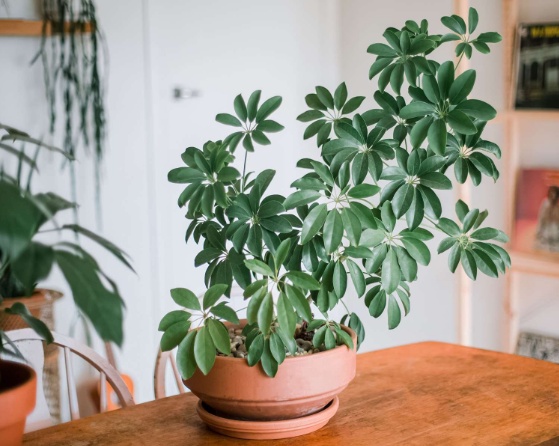Nature has astounded us for centuries with its remarkable creations, from towering redwoods to delicate orchids. Among these wonders is the Venus fly trap, a carnivorous plant that has captured the imagination of plant enthusiasts worldwide. Originating from the boggy landscapes of North and South Carolina, Venus fly traps boast specialised leaves that snap shut to capture unsuspecting prey, making them a captivating addition to any garden or indoor space. This comprehensive guide delves into the intricacies of caring for your Venus fly trap, ensuring it thrives and continues to fascinate with its unique behaviour. Whether you're a seasoned plant enthusiast or embarking on your gardening journey, mastering the art of Venus fly trap care will undoubtedly enrich your experience with these extraordinary plants.
Essential Care Guidelines:
To ensure your Venus fly trap thrives, follow these essential care guidelines:
Light:
- Venus fly traps require ample sunlight to photosynthesise and maintain their health. Place your plant where it can receive 6-8 hours of direct sunlight each day, such as a sunny windowsill or outdoors in a sunny spot.
- If growing indoors, consider using a grow light to supplement natural sunlight, especially during winter when sunlight is insufficient. Position the grow light above the plant to provide adequate brightness for optimal growth.
Soil:
- Use a well-draining, acidic potting mix specifically formulated for carnivorous plants. Avoid standard potting soils containing nutrients that can harm Venus fly traps.
- A recommended soil mix consists of sphagnum moss or a blend of peat moss and perlite, which provides the necessary acidity and moisture retention while promoting good drainage.
Water:
- Use distilled water, rainwater, or purified water to avoid the minerals and chemicals present in tap water, which can harm Venus fly traps.
- Keep the soil consistently moist but not waterlogged. Water your plant regularly, ensuring the soil remains damp but not saturated. Avoid letting the soil dry out completely, as this can lead to dehydration and stress for the plant.
Humidity:
- Maintain high humidity levels around your Venus fly trap, ideally between 50-60% or higher. You can increase humidity by placing the pot on a tray filled with pebbles and water, ensuring the bottom does not come into direct contact with the water.
- Consider using a humidifier to create a more consistent and controlled environment, especially in dry climates. Grouping your Venus fly trap with other humidity-loving plants can also help create a microclimate with elevated moisture levels.
Temperature:
- Venus fly traps thrive in moderate temperatures ranging from 70-85°F (21-29°C) during the day and slightly cooler temperatures at night.
- Protect your plant from extreme temperature fluctuations and drafts, which can stress it and affect its growth and overall health.
Feeding Your Venus Fly Trap:
While Venus fly traps can capture their prey, they may require supplemental feeding, especially when grown indoors, where natural insect availability may be limited. Follow these guidelines for feeding your Venus fly trap:
- Offer live insects, such as small flies, gnats, or spiders, to your Venus fly trap by placing them directly onto its surface. Avoid triggering the trap manually, as this can damage the sensitive mechanisms.
- If live insects are not readily available, you can purchase pre-killed or freeze-dried insects from pet stores specialising in reptile supplies. Use tweezers to place the insect onto the trap's surface, gently stimulating the trigger hairs to encourage closure.
- Avoid feeding your Venus fly trap human food or anything other than live or pre-killed insects, as this can lead to nutrient imbalances and harm the plant's health.
Closing Words
Whether you're a seasoned plant enthusiast or just starting your gardening journey, mastering the art of Venus fly trap care will undoubtedly enrich your experience with these fascinating plants. Remember to monitor your plant regularly, adjust care practices as needed, and enjoy the rewarding experience of cultivating Venus fly traps. If you want to add Venus fly traps or other carnivorous plants to your collection, consider purchasing plants online in Australia from The Jungle Collective specialising in exotic plants.


No comments yet